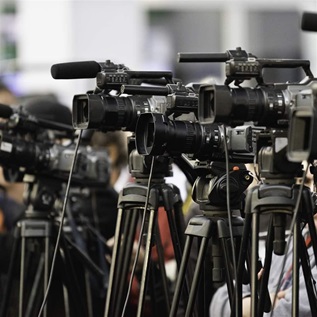Analysis of Election 2004 Finds Reason for Concern; Margin of Victory Covered Faults, But Did Not Diminish Problems
Washington, DC- A new report from electionline.org, the nation's leading source for nonpartisan and non-advocacy research and analysis on election reform, finds that the November 2 vote just barely cleared the “margin of litigation.”
“Election Reform Briefing 9: The 2004 Election” found that the problems that plagued the election, including faulty electronic voting equipment in North Carolina, missing absentee ballots in South Florida, long lines in Ohio and varying provisional vote casting and counting rules across the country probably would not have changed the outcome.
But the difficulties brought home to the rest of the country the notion that the problems of 2000 have yet to be solved. And in some cases, the fixes put in place might have sparked new issues at the polls as well. While data is still trickling in from states on the number of counted and uncountable votes, provisional ballots, absentee ballots and registration list accuracy, the data available as well as the reports from across the country from Election Day and its aftermath indicate that the election reform started four years ago is at a midpoint.
“The Help America Vote Act (HAVA) established the nationwide use of provisional ballots as a safeguard for voters who believed they were registered but whose names did not appear on registration rolls. Now, many voters wonder why ballots countable in one state were not in another,” said Sean Greene, electionline.org's research director. “Likewise, while electronic voting systems were lauded by some voters, election officials and experts, several serious and well-publicized glitches reinforced the notion shared by computer security experts and others that paperless voting machines are not reliable.”
Among the findings:
- More Americans than ever before – an estimated 30 million – lived in jurisdictions using electronic voting machines at polling places on November 2. But reports of sharply reduced under-votes in Florida and Georgia were countered with troubling indications of problems elsewhere.
- Thirty states reported more than 1.2 million provisional ballots were cast. They also provided statistics indicating stark variations between equally populous states on the number of provisional ballots distributed and counted. In some states, provisional ballots were distributed to voters lacking requisite identification. In others, ballots were accepted after Election Day if voters filled in missing information on registration applications. Variations in provisional voting practices, the report found, were not only state to state, but county to county.
- Early and absentee voting was used by greater numbers of voters than ever before. Long lines plagued early voting in Florida, as unprecedented numbers of voters decided to avoid what they feared would be even more prolonged waits on Election Day. Some waits exceeded six hours in Broward and Miami-Dade counties. Long lines on Election Day will likely prompt changes in Ohio, a state that currently does not allow either early voting at polling places or no-excuse absentee voting.
- Record numbers of election observers crowded the perimeter of polling places in battleground states. By in large, their presence was beneficial to the process, the analysis noted, as poll observers solved problems for voters and election officials and helped some voters with complaints over procedures or treatment from poll workers during the process.
The report also notes that some of the problems at polling places in 2004 could at least partially be alleviated by 2006 – a deadline for states to meet HAVA mandates for accessible voting systems, statewide voter registration databases and machine overhauls in states that chose to accept federal punch-card and lever-machine buyout money. But the issues raised in the election will continue to drive changes in next year's legislative sessions and beyond.
“This report offers an early look at the election administration issues will be critical in the coming years,” Greene said. “Long lines at polls will prompt investigations, machine glitches could alter state and local buying decisions while provisional voting confusion could spur rethinking of national standards for the practice. Last month's vote indicated to just about everyone interested in the issue that work remains to be done until we have a voting system that lives up to the expectations of our democracy.”
Pew is no longer active in this line of work, but for more information, please visit electionline.org.











